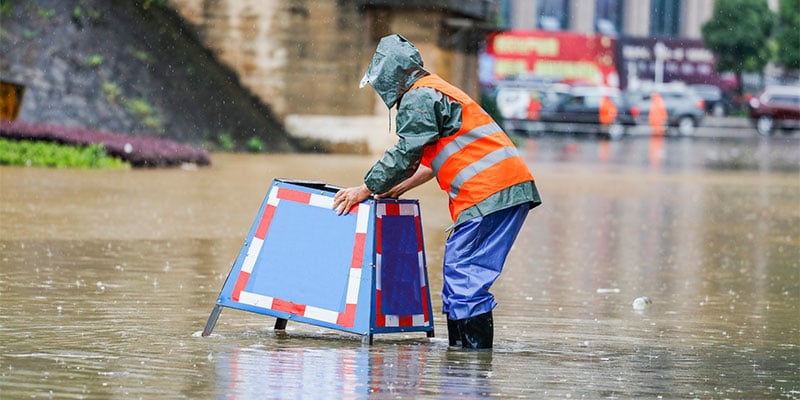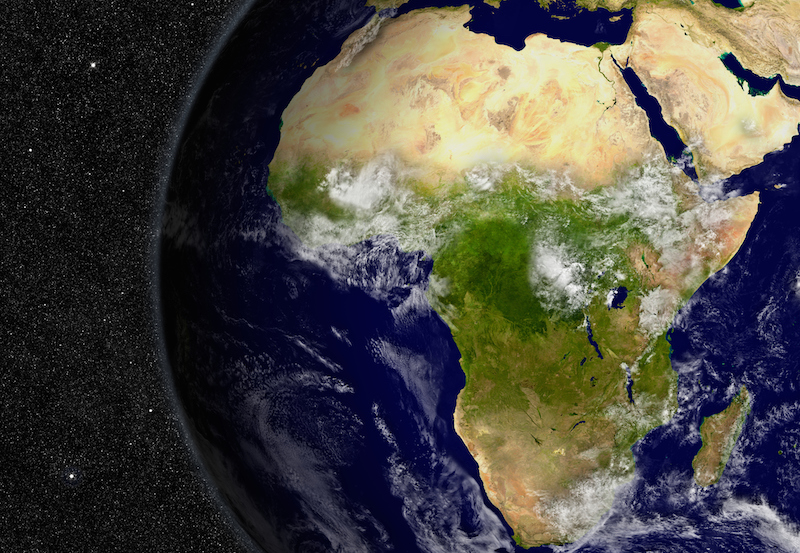 In 2018, natural disasters accounted for approximately $160 billion in losses — the fourth costliest year since 1980.1 Droughts, floods, extreme weather and temperatures, earthquakes, wildfires, tornadoes, landslides, and volcanic activity all contributed to the devastation which suggests a certain degree of unpredictability in preparation for and response to a natural disaster. Yet, during these events, governments and municipalities are tasked with keeping people safe and lending assistance in the aftermath.
In 2018, natural disasters accounted for approximately $160 billion in losses — the fourth costliest year since 1980.1 Droughts, floods, extreme weather and temperatures, earthquakes, wildfires, tornadoes, landslides, and volcanic activity all contributed to the devastation which suggests a certain degree of unpredictability in preparation for and response to a natural disaster. Yet, during these events, governments and municipalities are tasked with keeping people safe and lending assistance in the aftermath.
Map data helps public officials control what they can before and after a crisis. Having immediate and ongoing access to accurate map data is essential for:
1. Mapping Projected Pathways
Some natural disasters, such as hurricanes, develop relatively slowly, which allows meteorologists and other weather experts to project where and when the event will likely impact land and/or populated areas, along with anticipated severity. While there is no way to predict these outcomes with absolute certainty, governments and municipalities that are aware of potential danger can take the necessary steps to put safety measures in place and mitigate the event’s impact.
2. Mapping Evacuation Routes
Sometimes the most prudent action for safety is a mass evacuation. Similar to mapping projected pathways, map data is critical in the planning and execution of the most expedient routes out of harm’s way. Real-time mapping also provides the public with important route information such as congestion and possible alternatives.
3. Coordinating Emergency Response
How and where crews are dispatched after — and sometimes during — a natural disaster requires substantial planning and tracking. Officials often rely upon organizations outside of their jurisdiction whose personnel are unfamiliar with the affected area. Digital maps provide foundational knowledge across the board and also allow for efficiencies in locating and helping people who are most seriously impacted.
4. Damage Assessment and Mapping Areas of Impact
Map data is a powerful tool in helping leaders in governments and municipalities gain a “big picture” view of the aftermath of a natural disaster. Knowing how much devastation occurred and where it is concentrated provides a framework for the types, size, and timeframe of the response and relief needed.
5. Historical Reference
Map data provides key insights for historical archiving within governmental agencies. The National Ocean Service (NOAA), for example, has 150 years of hurricane tracking data that allows experts to learn from the past to better predict the future with regard to these storms. The data also powers their Historical Hurricane Tracks online tool that allows anyone to learn more about the hurricanes making landfall on six of the seven continents.
Natural disasters can be life-changing. Key decision makers need access to accurate map data in the format that aligns with their priorities and uses. Should I License Map Data Or A Map API Platform? helps guide you to the proper decision for maps that deliver to expectations with every interaction — during a crisis and otherwise. Click the button below to access this valuable reference tool now.
SOURCES
1Munich RE, The natural disasters of 2018 in figures, January 8, 2019
Subscribe to ADCi's Blog
Related Posts

GIS Expansion into Africa using ADC WorldMap

5 Ways GIS Is Changing Election Analysis

